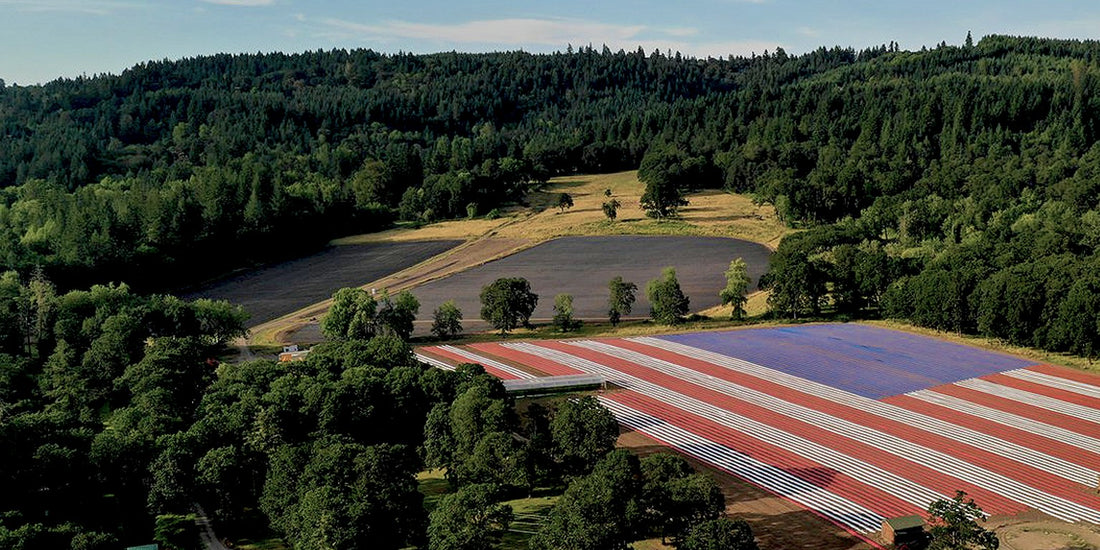From the encounter between Hemp and America, to the evolution of theirrelationship
America's founding fathers were hemp connoisseurs.
When Christopher Columbus landed, hemp was the second most common material used in shipbuilding. In fact, three of Columbus's ships had hemp sails and ropes.
As for the Founding Fathers, George Washington, John Adams and Thomas Jefferson were all avid hemp farmers.
Benjamin Franklin produced his own hemp paper and the first two drafts of the Declaration of Independence were also written on hemp paper.
The ban on hemp is largely attributed to three specific individuals; Richard Nixon, Harry J. Anslinger and William Randolph Hearst.
If the war on drugs is the result of President Richard Nixon's 1973 campaign, the demonization of hemp began half a century earlier. W.R. Hearst was the owner of the largest newspaper store in the 1920s and also owned vast tracts of land planted with trees. It is said that Hearst feared the cultivation of hemp, as it is much more efficient than the wood-derived paper we know today.
While trees can take up to 80 years to grow, hemp crops can be harvested in just four months. Hemp also contains less lignin and higher concentrations of cellulose - making hemp a much more viable source of paper than trees.
Knowing that hemp would pose a serious threat to its industry, as well as to its property values, Hearst embarked on a relentless anti-cannabis propaganda campaign.
In an attempt to demonize cannabis, Hearst popularized the name "marijuana" to create an amalgam and associate hemp with drugs, presenting it in a negative light.
This cleverly orchestrated demonization eventually led to marijuana being placed on Schedule 1 of the Controlled Substances Act in 1970.

